
More than a decade ago, the sloping land of Son La was still the land of corn and cassava - low-income crops, with poor soil and no clear value chain. But in just 10 years, Son La has truly "transformed". Fruit trees and hawthorns have covered more than 85,000 hectares of sloping land, most of which have been planned into specialized areas of high quality, traceability and export orientation.
According to the Department of Industry and Trade of Son La province, in 2025, by the end of July, the total output of all kinds of fruit consumed in Son La province is estimated at nearly 300,000 tons, reaching more than 50% of the yearly plan, with a total value of nearly 3,000 billion VND. Fruit trees with large consumption output are plums with about 100,000 tons, total value of more than 990 billion VND; mangoes with more than 107,500 tons, value of 650 billion VND; longan consumed more than 9,300 tons, worth nearly 375 billion VND...

Names such as plum, round mango, Son La longan, Mai Son avocado, Yen Chau banana, Bac Yen hawthorn... are no longer highland specialties sold only in provincial markets, but have entered supermarket shelves, appeared at international fairs, and even been associated with the national OCOP brand. Some other types of trees such as passion fruit, pineapple, dragon fruit... are also being consumed in the domestic market. Some types are starting to enter the main season, contributing to diversifying products supplied to the market and increasing the value of agricultural production in the whole province.
The production value of each hectare of fruit-growing land currently reaches from 150 to 300 million VND/year, with some models exceeding 500 million VND. This is not only a change in crop structure, but also a breakthrough in the strategy of developing high-value agriculture, green agriculture, and market agriculture.

Behind that picture is a consistent vision, institutionalized into specific policies. In 2015, Son La Provincial Party Committee issued Conclusion 121 on growing fruit trees on sloping land. That decision has opened up a series of mechanisms to support farmers in conversion, access to quality varieties, advanced farming techniques, application of VietGAP, GlobalGAP standards and especially improving market access capacity.

Up to now, Son La has built more than 200 safe fruit production chains, with a production linkage area of 4,500 hectares. More than 335 cooperatives and enterprises are directly participating in consumption linkages, ensuring output products have contracts for consumption, stable prices, and limiting the situation of "rescue".
With nearly 4,750 hectares meeting VietGAP standards, more than 2,200 hectares invested in water-saving irrigation systems, and nearly 10,000 hectares of high-quality crop varieties, Son La is approaching a high-tech agricultural model towards large-scale, transparent production and meeting strict market requirements.

The province has also granted 218 growing area codes and 8 packaging facility codes that are eligible for export. In addition, nearly 3,000 drying facilities, more than 500 small processing facilities and 40 cold storage facilities have come into operation, creating conditions to extend preservation time and increase added value.
No longer just raw agricultural products, Son La fruits are gradually entering the stage of deep processing, standard packaging, associated with brands, traceability and modern distribution systems.
In parallel, since the beginning of 2025, the People's Committee of Son La province has established an Inter-sectoral Steering Committee (according to Decision 598) to coordinate the production, processing, consumption and export plans of agricultural products. This is the focal point to help solve the supply-demand problem, while adjusting the crop structure and output to avoid the situation of "good harvest, low price".
Since the beginning of the year, the Steering Committee on Production, Processing, Consumption and Export of Agricultural Products of Son La Province (Steering Committee 598) has proactively coordinated to remove difficulties, promote production, processing and consumption of agricultural products for farmers, especially during the peak harvest season.
In addition, organize many working sessions at the grassroots level, implement trade promotion programs, such as Mega live OCOP market session to consume Phieng Khoai plums; promote agricultural products through cultural events, bring strawberries and plums on Vietnam Airlines flights and supermarket systems Saigon Co.op, BigC, WinCommerce. Actively participate in Son La plum and agricultural products week in Hanoi, Ho Chi Minh City; participate in 14 domestic and foreign fairs and exhibitions, expand the consumption market. At the same time, apply technology, guide businesses to bring products to e-commerce platforms and organize livestream skills training.
On the other hand, the Steering Committee has continued to direct localities and cooperatives to coordinate with enterprises to maintain production, ensure raw material areas to supply vegetables and fruits to large processing factories such as Doveco, Nafoods, ICFood; support legal procedures related to growing areas, packaging facilities and international cooperation activities.

Thanks to consensus on solutions, in 2025 alone, Son La aims to export more than 35,000 tons of agricultural products to key markets such as China, Japan, EU, UAE, Russia... Meanwhile, the domestic market receives more than 50,000 tons of safe fruit through modern distribution systems such as WinMart, Saigon Co.op, AEON, Bach Hoa Xanh...
Son La also organizes Fruit Weeks in Hanoi, Ho Chi Minh City and some northern provinces. In particular, many specialty products such as plums are transported by air, directly from Noi Bai airport to points of sale during the day, helping to preserve freshness and increase value.
Along with that, the province has promoted signing cooperation agreements with domestic and international business associations, participating in OCOP fairs and multilateral trade conferences - steps that show maturity in market thinking and methodical promotion strategies.

Not stopping at output or area, what makes Son La a “Northwest model” is the sustainable development mindset. Son La province has determined that agricultural development cannot rely on increasing area forever, but must increase the value of each unit of cultivated land through technology, through linkage chains, and through brands.

That is the reason why Son La has promoted investment promotion solutions in the agricultural sector. Up to now, Son La has been the "destination" of many large enterprises such as Phuc Sinh Group, Nafoods, Dong Giao Food Export Joint Stock Company (Doveco)... In the 2025 crop season, large processing enterprises such as Doveco, Nafoods, IC Food, Quyet Thanh Moc Chau Cooperative... have continued to maintain stable operations, purchasing raw materials from the raw material areas linked to households. In particular, Doveco Son La alone has purchased a cumulative amount of more than 25,000 tons by the end of July, including mango, pineapple, passion fruit, sweet corn, soybeans and other vegetables; IC Food Company processed more than 1,440 tons of various vegetables, such as cabbage, sweet cabbage, mustard greens, carrots...
Recently, Doveco inaugurated and put into operation the first paper canning line for vegetables and fruits using Swedish technology (Tetra Recart) in Vietnam located at the Doveco Son La Vegetable and Fruit Processing Center.
Mr. Nguyen Thanh Cong, Vice Chairman of Son La Provincial People's Committee, said that in the coming time, the province will continue to consider and have support mechanisms to attract large projects to invest in processing factories and carry out deep processing of fruit products.
A policy mechanism to support deep processing is a prerequisite. Processing plants, such as Doveco Son La, have now inaugurated a production line that puts all products into paper boxes for export to the market and serves exports. This is a technology that meets the current requirements of world organizations, which is deep processing industry. Therefore, the province will consider having a policy mechanism to support the development of growing areas and support processing plants, especially supporting the production chain so that processing plants can produce at full capacity throughout the year, avoiding the case where processing plants cannot ensure growing areas and produce at a moderate level, which is very dangerous for the organization of agricultural production.

In parallel, in the near future, Son La will focus on three breakthroughs: digitizing the management of growing areas, upgrading logistics infrastructure associated with processing, preservation and increasing the proportion of deeply processed agricultural products in total export turnover. At the same time, the province also clearly identifies the central role of new-style cooperatives - the place that "steers" the agricultural value chain, connecting farmers with factories and markets.
By the end of the second quarter of 2025, the total amount of Son La fruit exported reached more than 158,000 tons, to 15 countries and territories. This is the result of a strategic investment process, close coordination between people - businesses - government and the scientific community.
Son La today is not only the fruit capital of the Northwest. It is a typical example of successful transformation from self-sufficient agriculture to market agriculture. From the small plums on the mountainside, from the mango gardens in the highlands of Muong La, Son La has built an agricultural map of stature, value and future.
When agricultural products are not only “edible” but also “saleable”, “maintain their value” and “reach out to the world”, then that is a complete victory. That is also what Son La is gradually reaching with its own people’s strength, with its leadership vision, and with its strong belief in indigenous agriculture.
Source: https://congthuong.vn/longform-son-la-hieu-qua-vuot-troi-tu-chuoi-gia-tri-trai-cay-414888.html



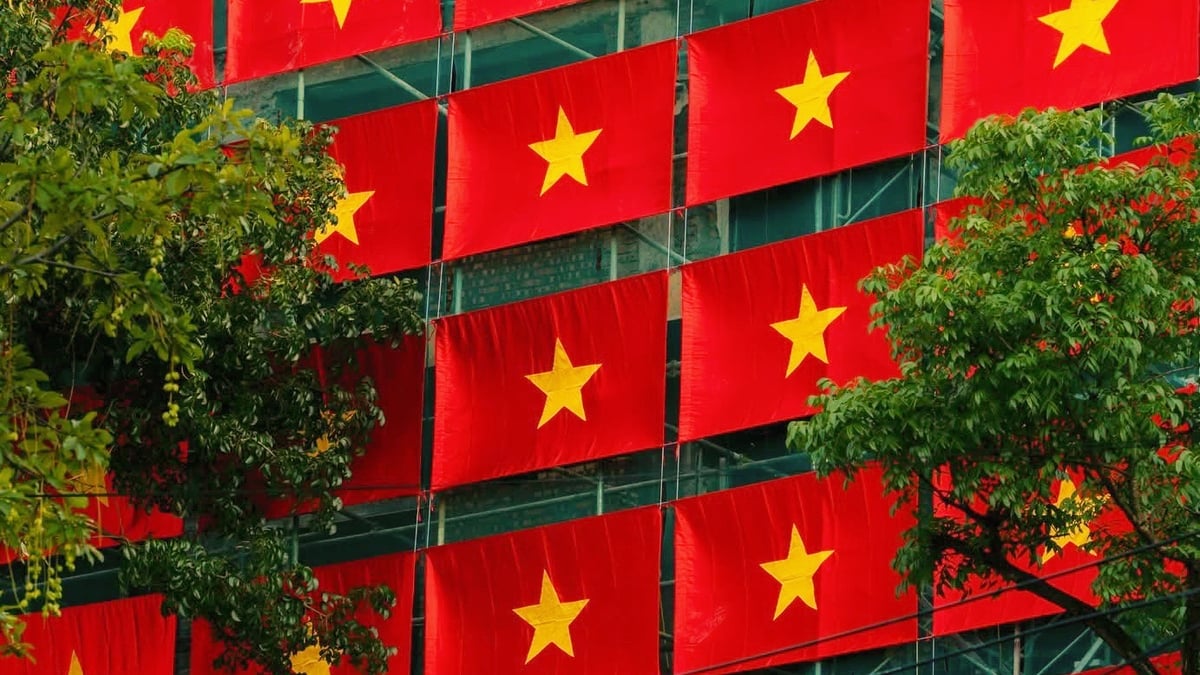
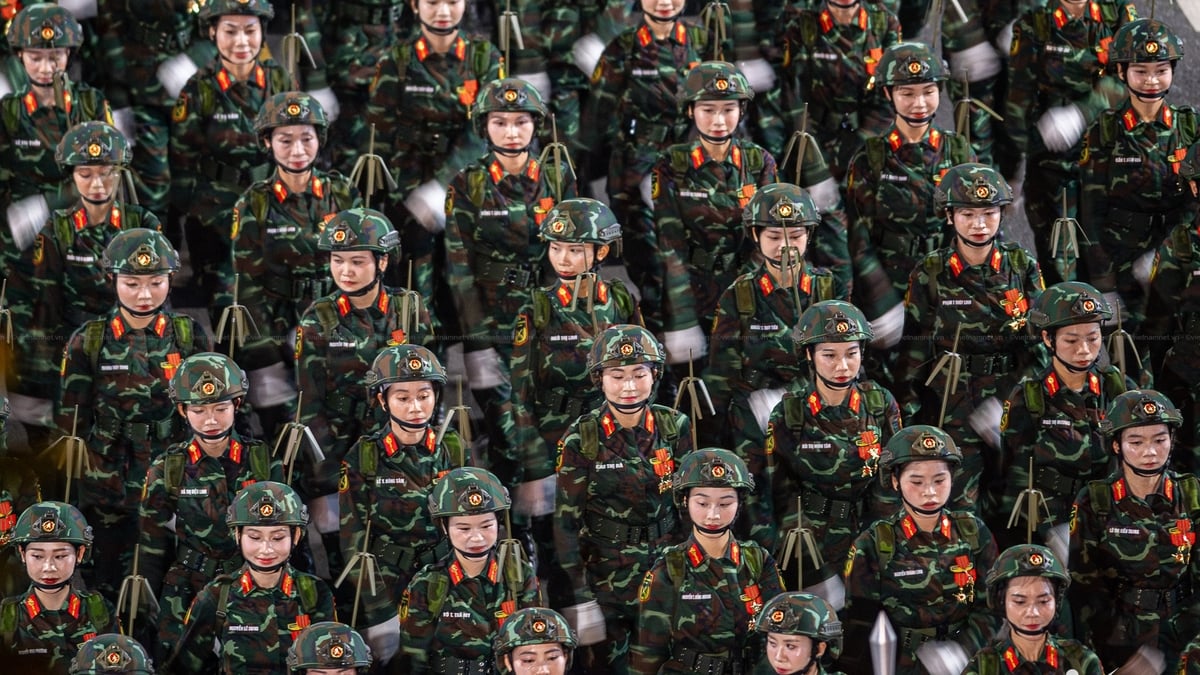
![[Photo] General Secretary To Lam attends the 80th anniversary of Vietnam's diplomacy](https://vphoto.vietnam.vn/thumb/1200x675/vietnam/resource/IMAGE/2025/8/25/3dc715efdbf74937b6fe8072bac5cb30)
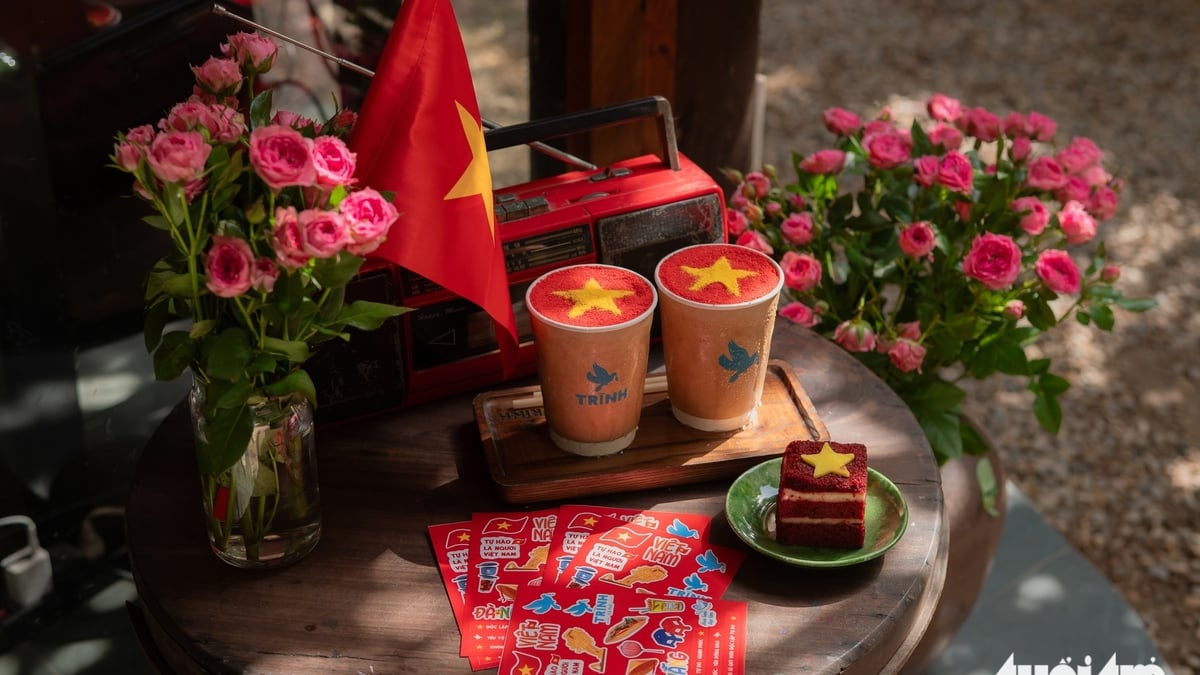
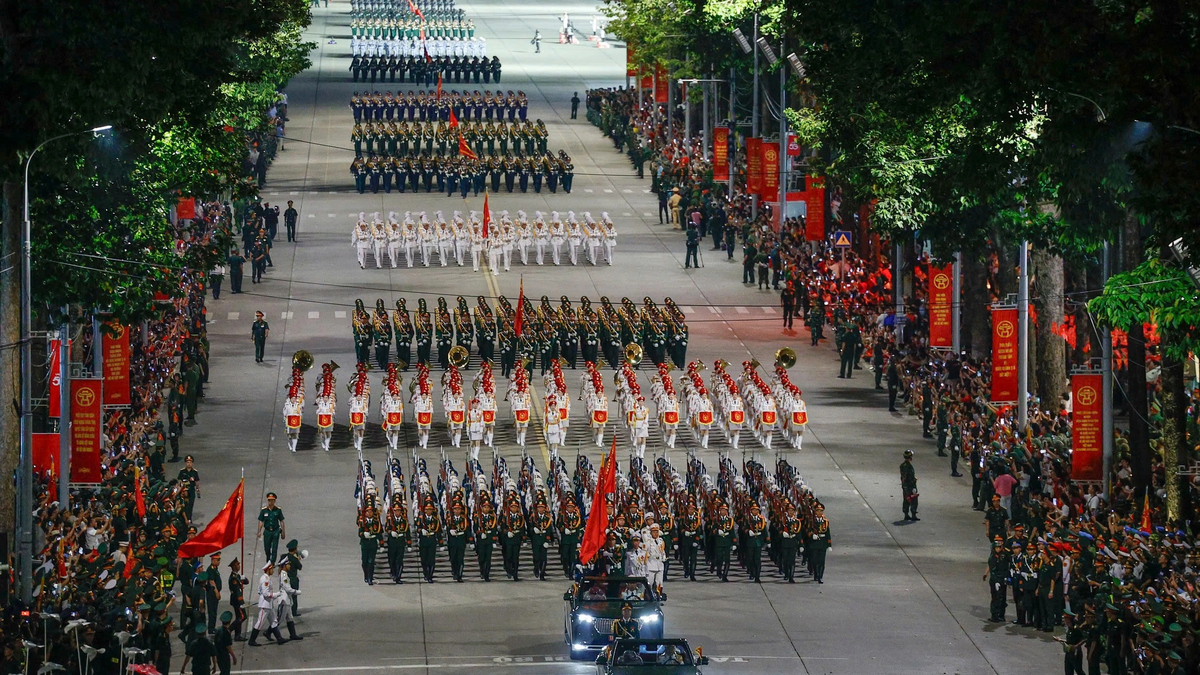
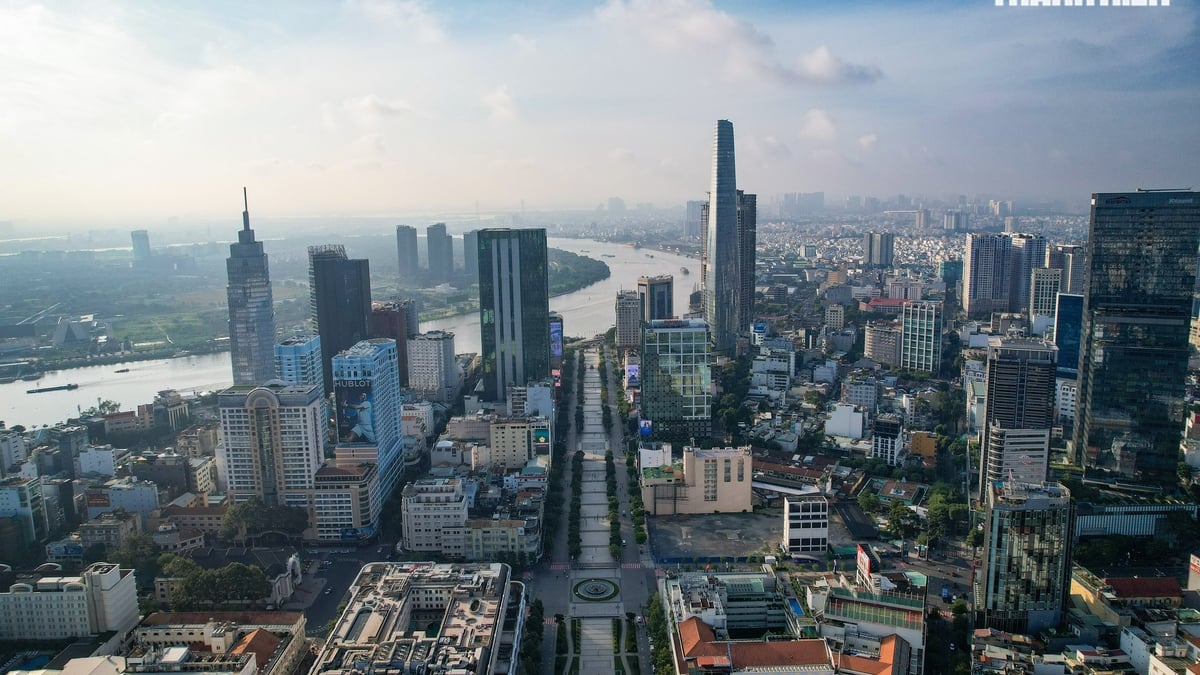
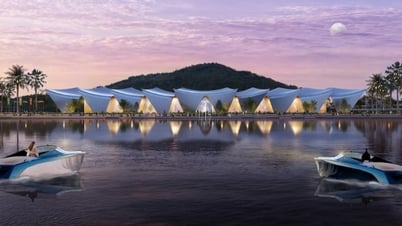

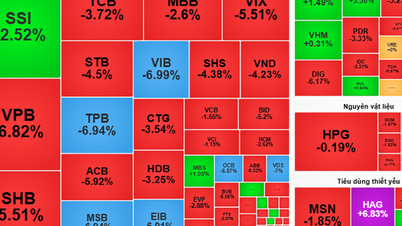

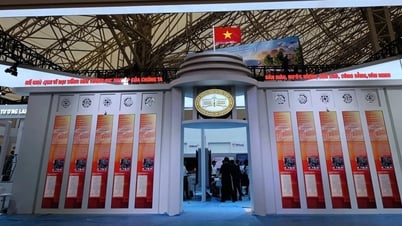
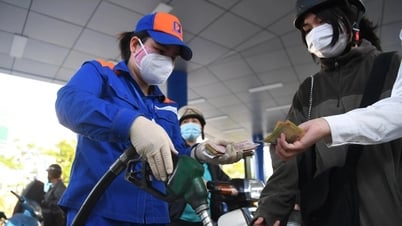
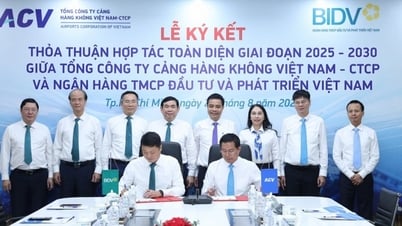






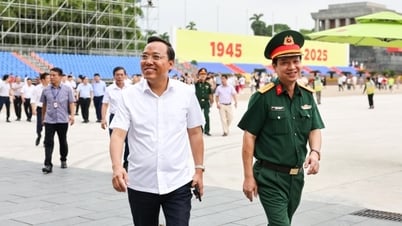



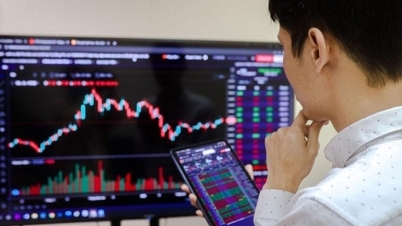
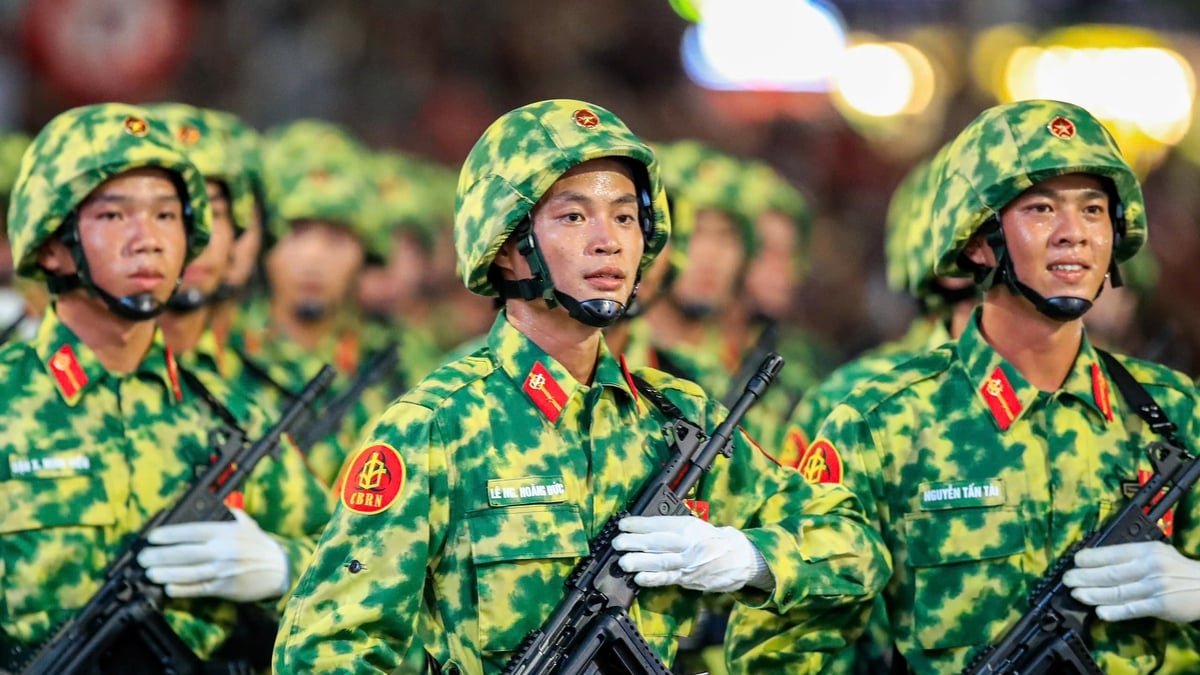
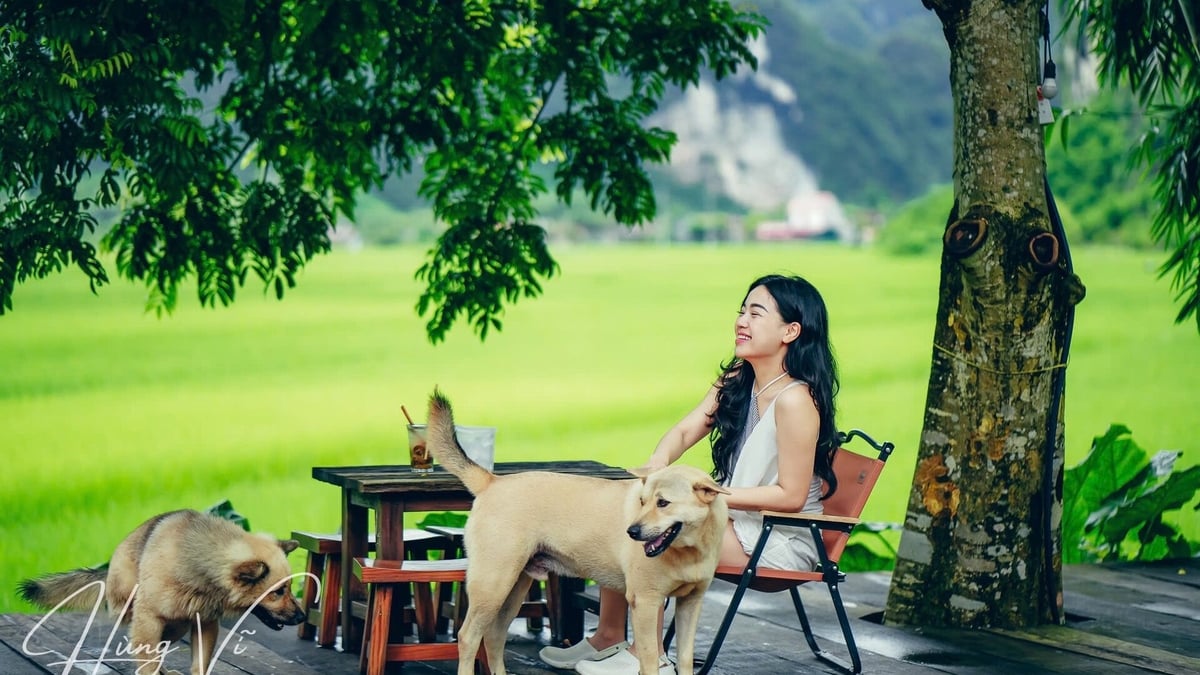


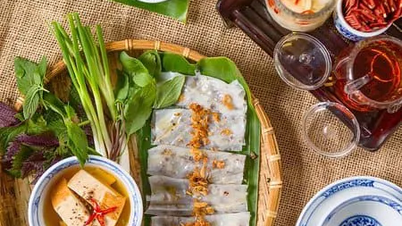

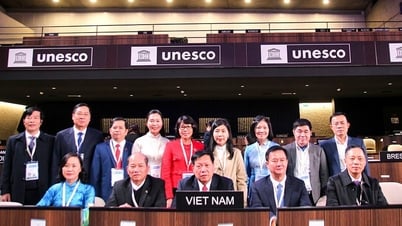

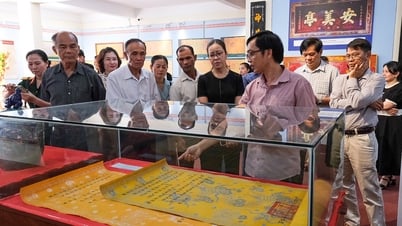

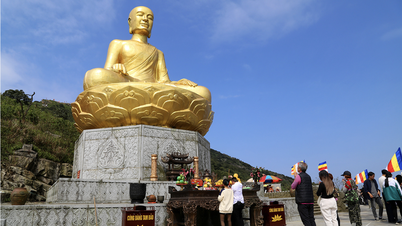

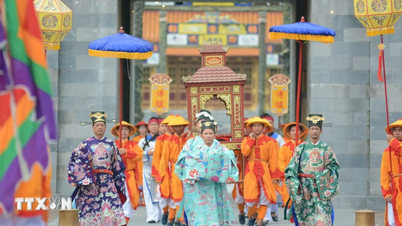





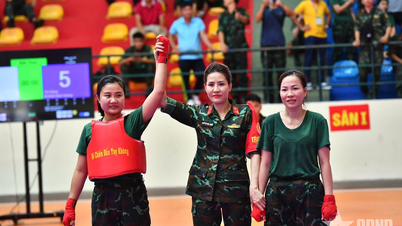

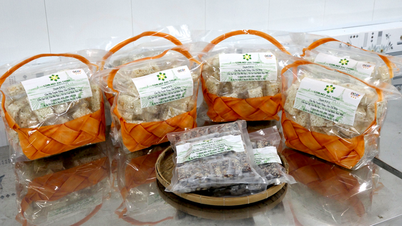

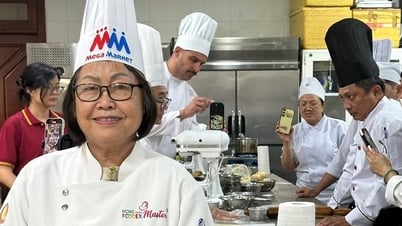
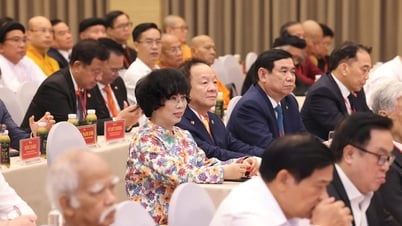

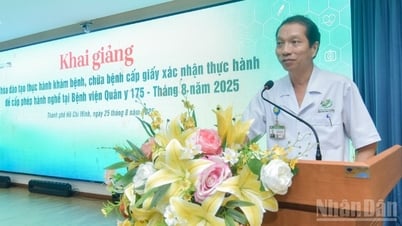

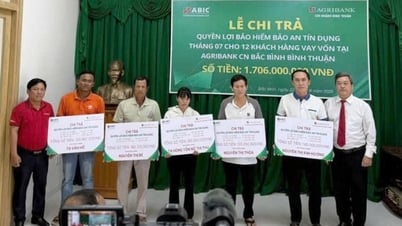

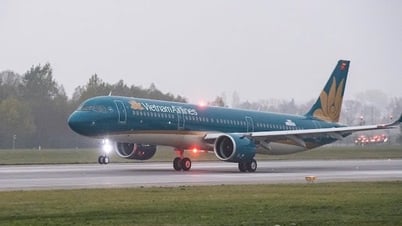
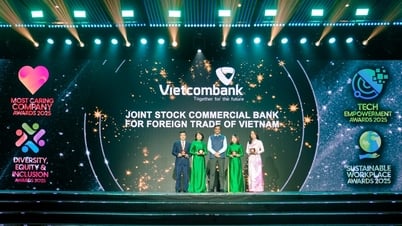
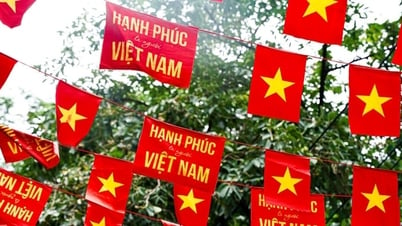

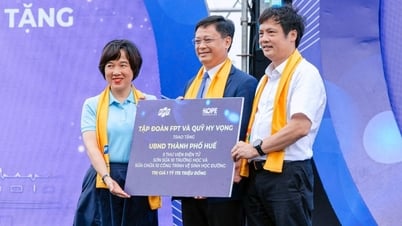
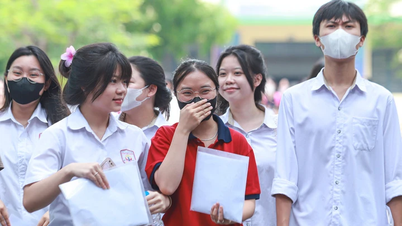


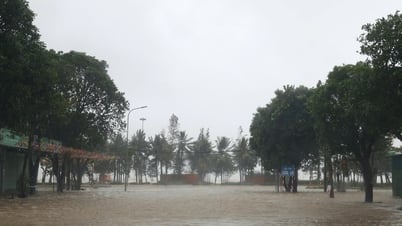

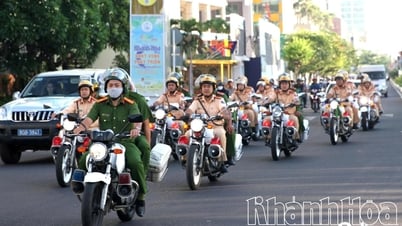

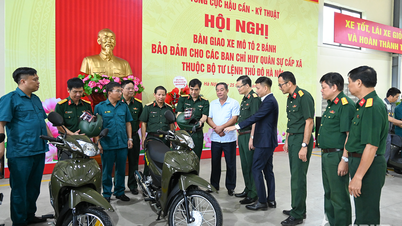


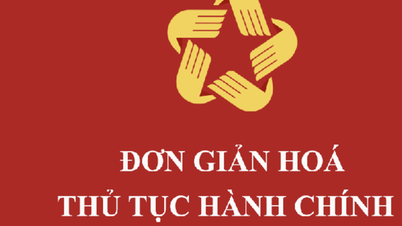
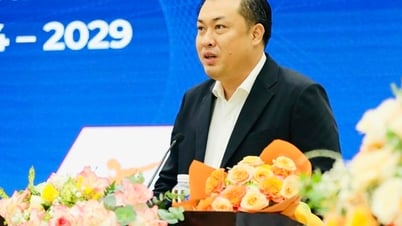
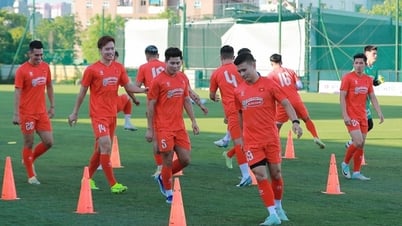
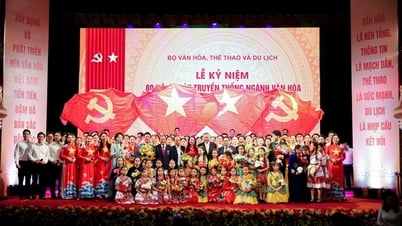
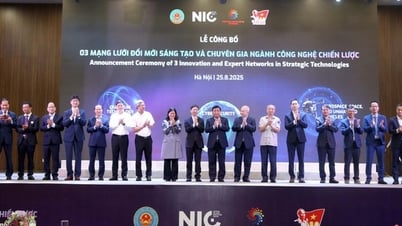

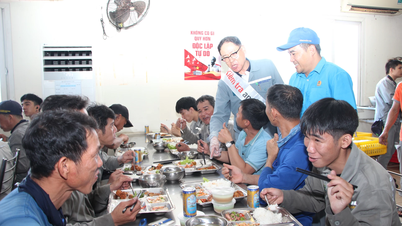
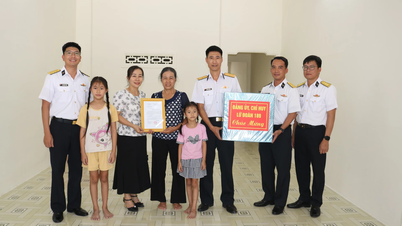


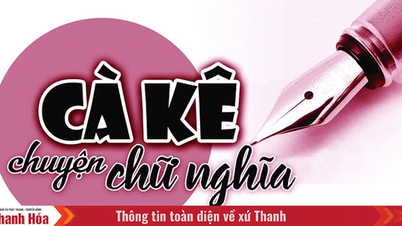
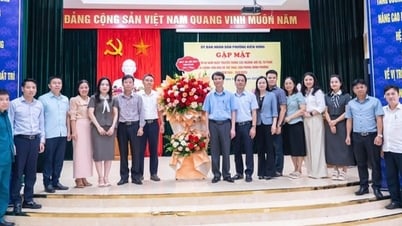
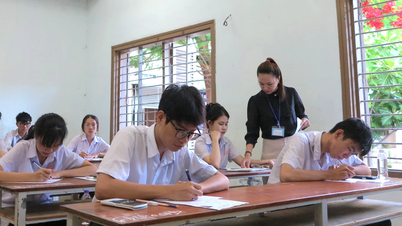
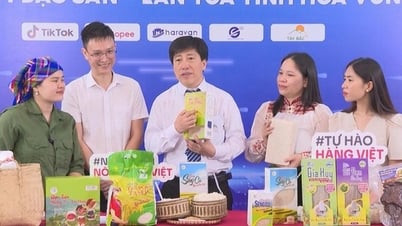


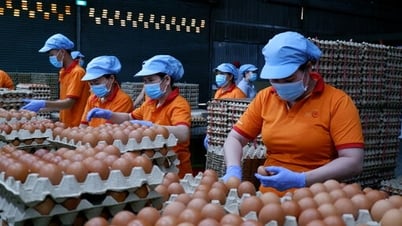

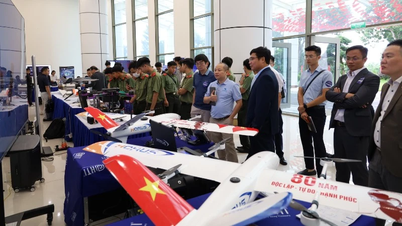


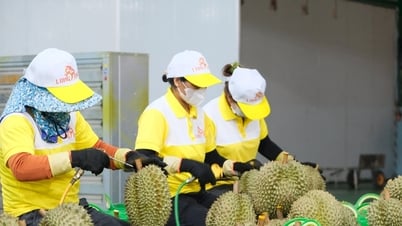


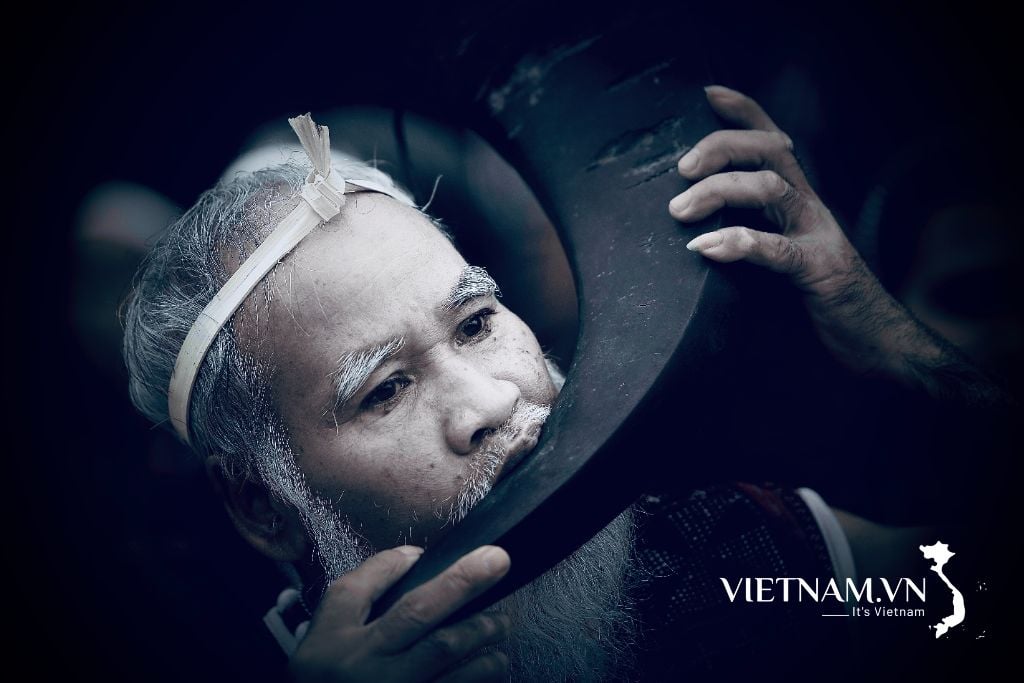



Comment (0)